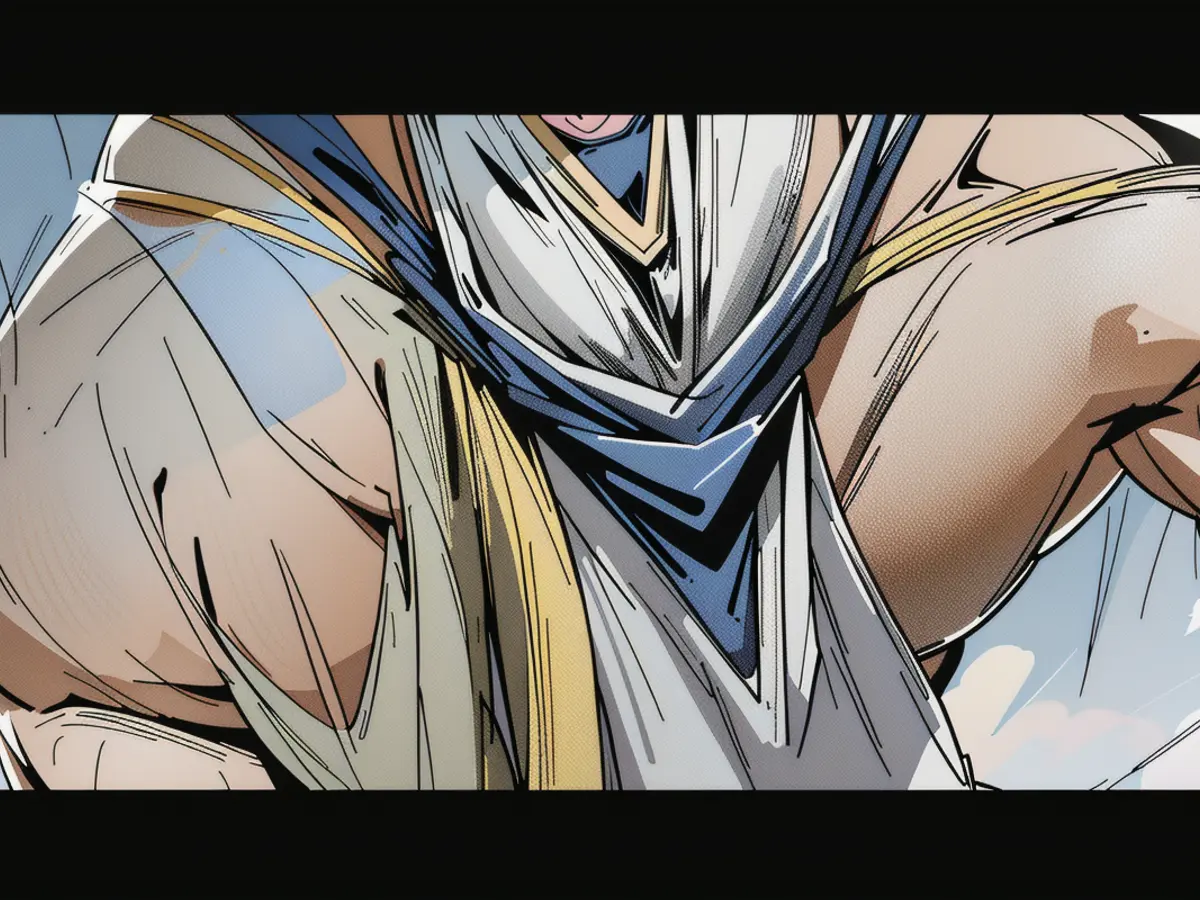Researchers Leverage Surveillance Satellite Data to Identify Site of Notable Historical Conflict
Unearthing the location of a historical battle, you'd think it's straight out of a Hollywood movie, right? However, this time, it's more like a spy thriller—and this time, the script writers are an international team of archaeologists. They've allegedly achieved this by scrutinizing declassified spy satellite images.
Scholars from Durham University and the University of Al-Qadisiyah in Iraq claim to have pinpointed the site of the Battle of al-Qadisiyyah, a pivotal early Islamic conflict that significantly influenced Persian history. Employing a multidisciplinary approach, they identified the location in Iraq by correlating historical texts, contemporary aerial photos, on-site evidence, and secret 1970s American spy satellite images. Their findings were published on November 12 in the journal Antiquity.
"This discovery provides a geographical location and context for a battle that is one of the founding stories of the expansion of Islam into modern-day Iraq, Iran, and beyond," explained William Deadman from Durham University in the university's statement.
The Battle of al-Qadisiyyah took place between Arab Muslims and the Iranian Sasanian Empire in the 630s CE. The Arab Muslims emerged victorious, and their triumph ushered in the Islamic conquest of Mesopotamia, Persia, and beyond, according to the study. Previously, however, the precise location of this battlefield remained shrouded in mystery.
The archaeologists discovered the potential battle site while scanning the Darb Zubaydah, a historic pilgrimage route connecting Kufa in Iraq with Mecca in Saudi Arabia, using aerial imagery from Google Earth and Bing Maps. They spotted a 6.2-mile (10-kilometer) double-walled feature connecting a desert-edge square fortress to a substantial town bordering the southern Mesopotamian floodplain. The researchers, led by Deadman, then acquired declassified U.S. spy satellite images of the same area, validating the features.
"Captured in 1973, these images showed the area before significant modern agricultural and urban development," the researchers noted in the study. Essentially, the features stood out even more prominently in the older satellite images. Furthermore, archaeologists from the University of Al-Qadisiyah in Iraq conducted an on-site exploration to verify the discoveries.
The study authors then compared their archaeological observations to descriptions of the Battle of al-Qadisiyyah from 9th-century, 10th-century, and 14th-century CE sources. They concluded that the fortress and town may have been two previously undiscovered rest stops along the Darb Zubaydah, known as al-’Udhayb and al-Qadisiyyah, respectively.
"The match between textual references to the locations of al-Qadisiyyah and [al-’Udhayb] and the archaeological evidence from aerial images is quite astonishing," the researchers noted in the study.
Remarkably, one of the aforementioned 10th-century texts also seemingly offers a credible account of the location of the famous battle itself, enabling the archaeologists to tentatively place its location between a trench and an ancient now-dry river in the vicinity of the settlement of the same name—18.6 miles (30 kilometers) south of Kufa.
The study demonstrates that sometimes unearthing what's buried beneath our feet can be as simple as taking a bird's-eye view—or, in this case, a spy satellite's view.
The use of declassified spy satellite images from the 1970s, combined with advanced technology and scientific analysis, allowed the archaeologists to locate the Battle of al-Qadisiyyah site, opening up new possibilities for understanding the early Islamic history. In the future, such methods could revolutionize the way historical battles and settlements are discovered and studied.
This breakthrough in historical archaeology is a testament to the power of technology and science in uncovering hidden truths from the past, helping us to better understand the evolution of civilizations around the globe.








